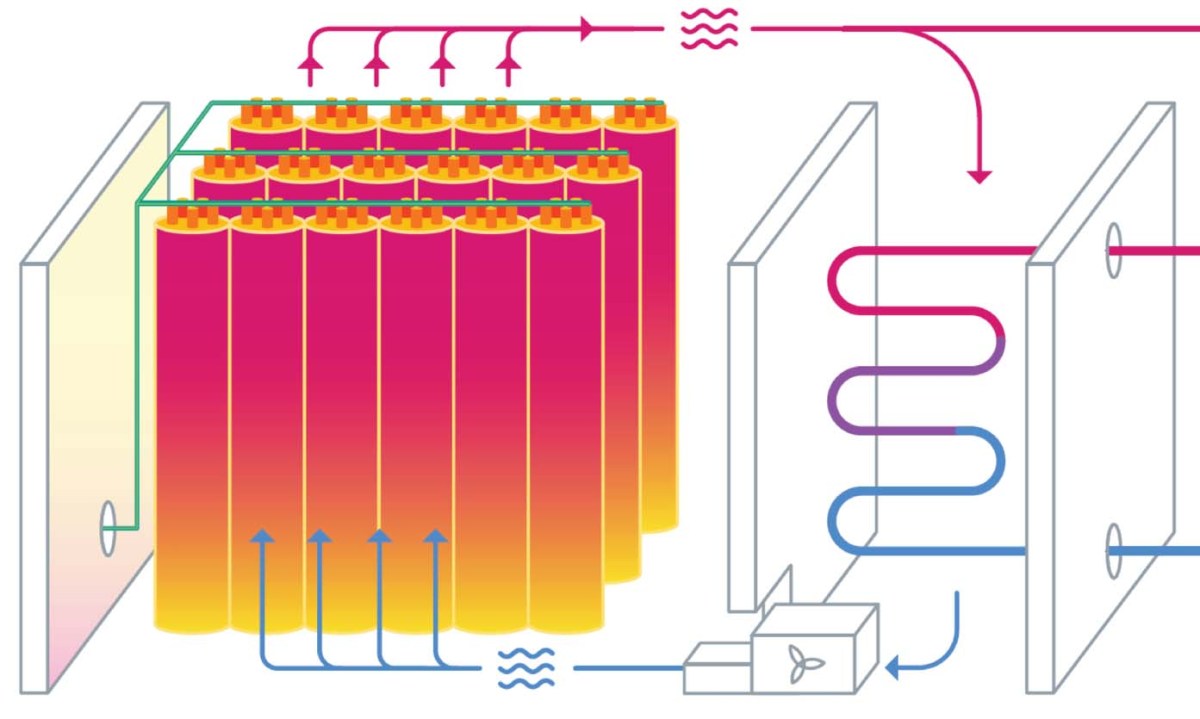Climate tech startups especially those building hardware, face a particular challenge when trying to move beyond the prototype or pilot phase and start selling finished products to customers.
© 2024 TechCrunch. All rights reserved. For personal use only.
Outside of AI, few startups have drawn venture investments like climate tech. And like AI, companies in the sector need large infusions of cash, sometimes well beyond what a typical venture investor might offer, to reach a size where they’ll be able to make a mark.
A new deal involving Rondo Energy, which makes thermal energy batteries, suggests a new way forward: Philanthropic grants.
Climate tech startups like Rondo, especially those that are building hardware, face a particular challenge when trying to move beyond the prototype or pilot phase and start selling finished products to customers. Some have called it the “commercial valley of death,” others say it’s the “first-of-a-kind” problem.
It’s very difficult to raise funds at that stage because investors don’t have a blueprint to help them balance risk and reward.
Venture investors hesitate to commit at that stage because a lot of the technical risk has already been sorted, meaning returns won’t be as high. On the other side, infrastructure investors, who would normally underwrite projects of that scale, aren’t forthcoming because first-of-a-kind plants are considered too risky. The quandary is so widespread and pressing has become a constant topic of conversation among climate tech investors — almost to the point of obsession. (To wit: Exantia has made “first-of-a-kind” themed merch.)
The folks at Bill Gates’s Breakthrough Energy Ventures aren’t immune, either. In addition to its venture arm, the organization also has a growth-stage platform, Catalyst, which helps promising venture-funded companies cross the valley of death. This week, it announced a deal that could serve as a template for others.
Along with the European Investment Bank, Catalyst announced on Wednesday that it would provide €75 million in project finance to install three of Rondo’s thermal batteries, which can store searing heat for up to 18 hours. One goal of the financing is to prove that the startup’s product can replace fossil fuels in a range of industries. But it’s the nature of the transaction that may ultimately have a broader impact.
While the European Investment Bank’s portion of the financing is a loan, Catalyst’s is a grant. Now, grants aren’t atypical in climate tech, but they’re usually made earlier when the core science or technology has yet to be proven. Here, Catalyst is hoping to use its grant to help Rondo tackle a later-stage concern: Customer adoption.
“This is a commercial-scale application and deployment. There are no tests here. It’s just the fact that has never been done before,” Mario Fernandez, head of Breakthrough Energy Catalyst, told TechCrunch.
The three customers involved in the deal, a chemical plant, a combined heat and power plant, and a food and beverage factory, were willing to bear the risk of adding a new technology to their operations, but they weren’t necessarily interested in paying for the privilege to do so. Infrastructure investors didn’t want to front them the money, either — at least not yet.
“The infrastructure world is a world where there is a very long list of checkboxes that you have to check in order to make these investments,” Fernandez said. “Part of our mission is to see how those checkboxes are checked in a way that makes them comfortable enough to be able to participate.”
Catalyst’s hope here is that Rondo’s three installations will prove to infrastructure investors that projects like these are sound investments and the risks surrounding them are sufficiently characterized. Ideally, the new projects won’t just unlock financing for future Rondo installations, but provide a roadmap for other investors and startups working with similar technologies.
“Clearly, we don’t have the money to de-risk every single technology pathway,” Fernandez said. “Our job is much bigger than just funding individual projects, but rather, how do we push the whole ecosystem forward.”

Leave a Reply